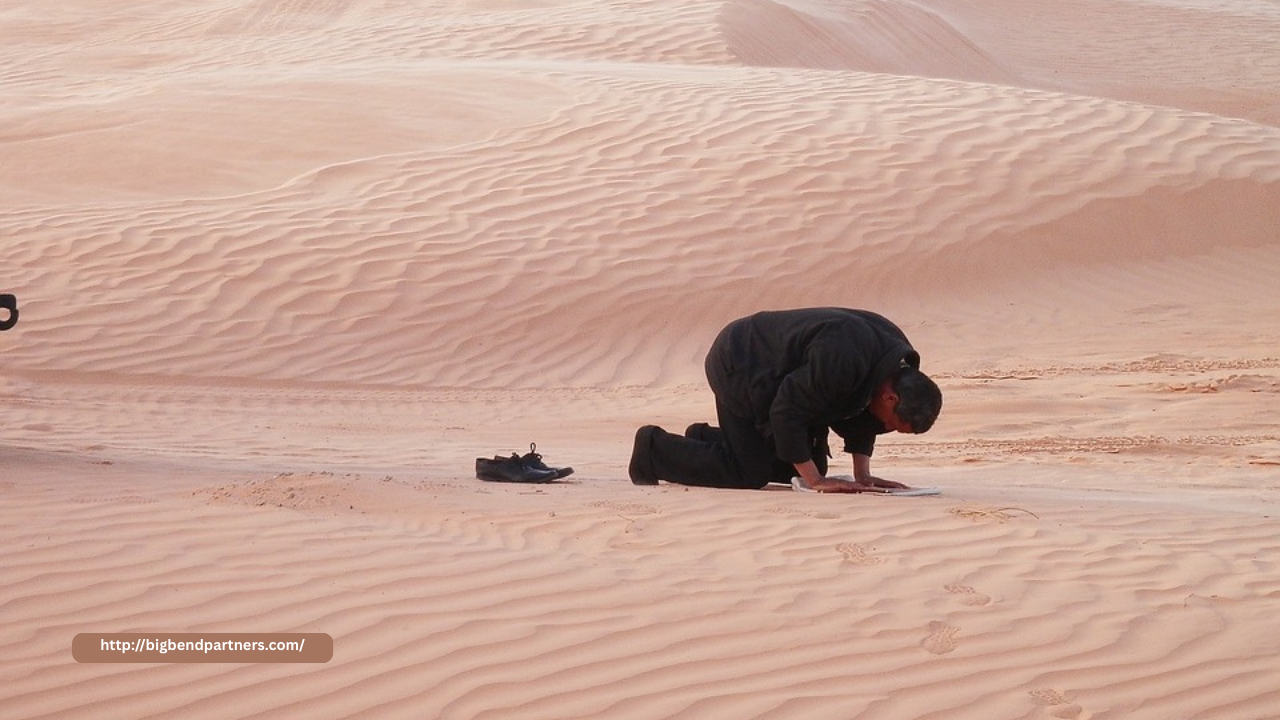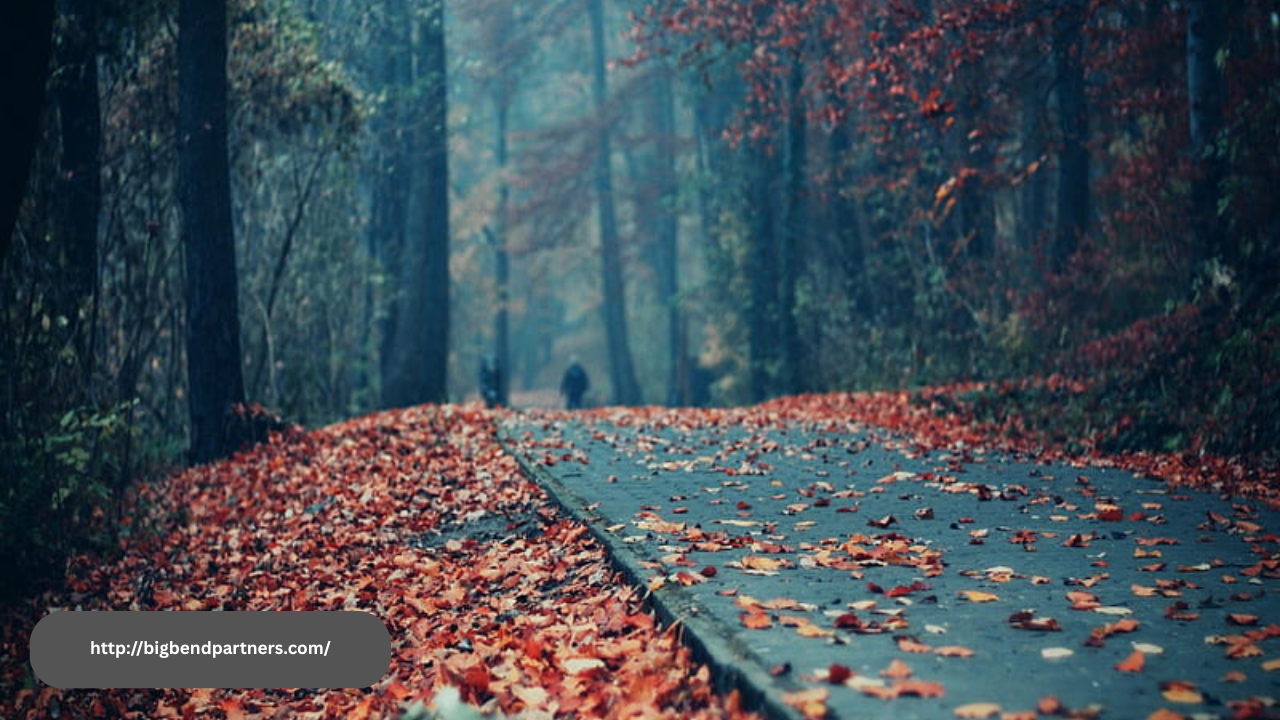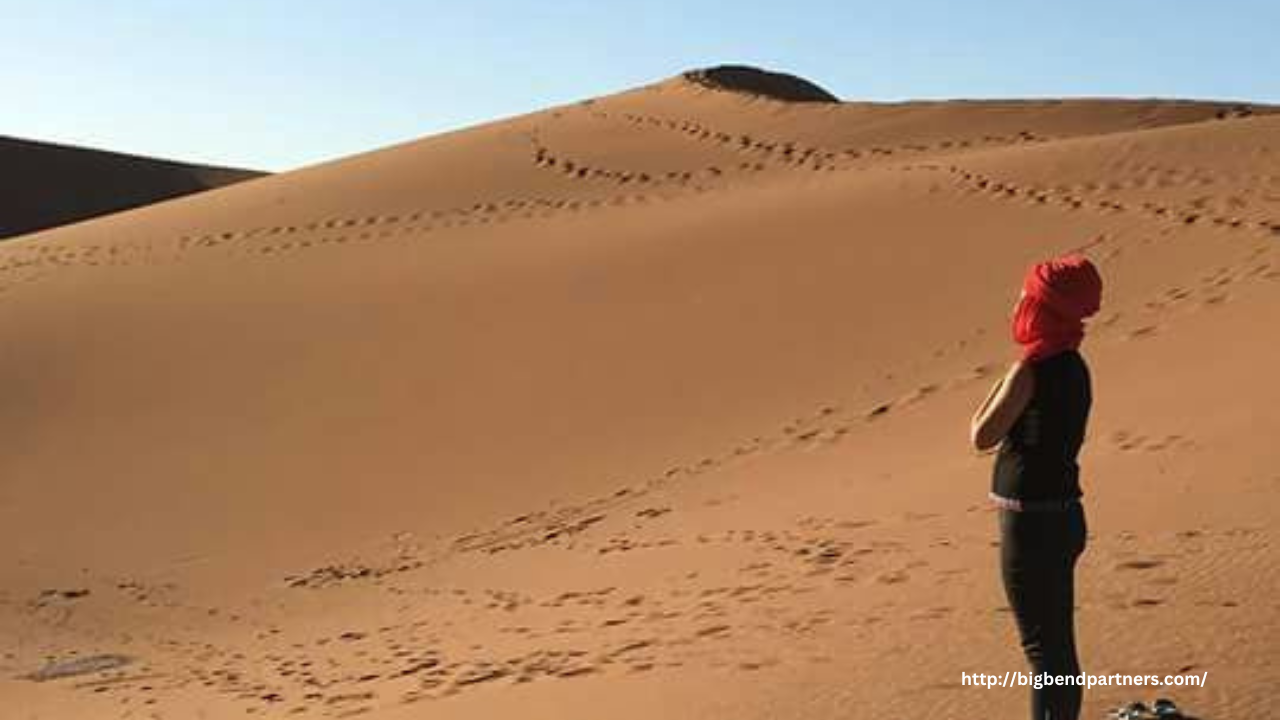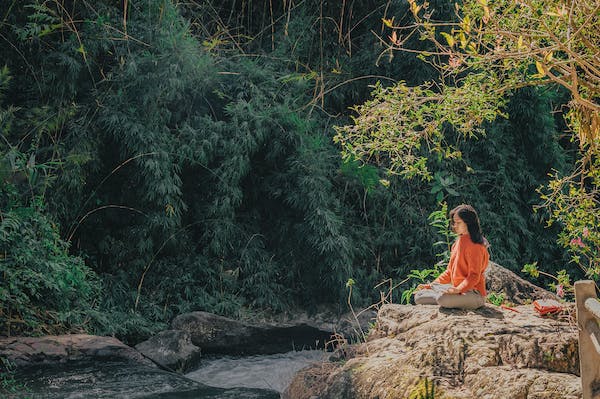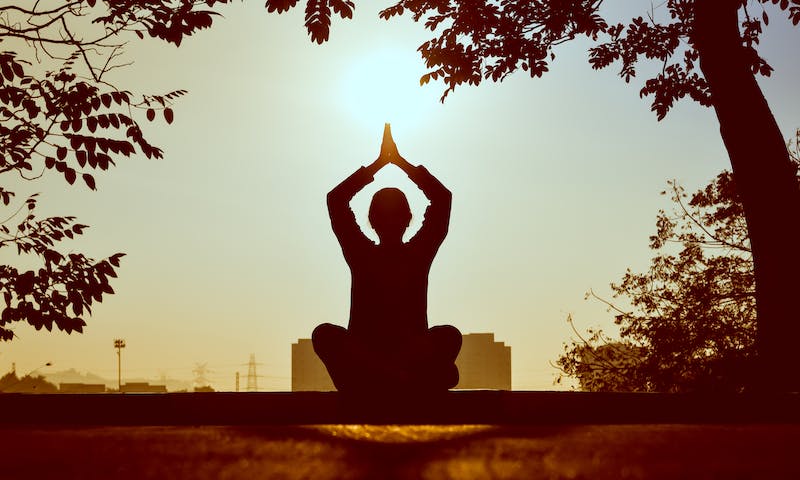The desert, with its sweeping sands and austere beauty, has long been a sacred ground for ancient cultures seeking communion with the divine. For centuries, desert regions have hosted profound spiritual traditions rooted in prayer, healing, and transformation. From nomadic tribes to mystical prophets, the desert has echoed with the chants, rituals, and meditations of those who came seeking wisdom and restoration.
Ancestral Paths of Prayer
Among indigenous and tribal cultures, the desert is not viewed as empty or barren, but alive with spirit. Native peoples across North Africa, the Middle East, and the American Southwest have used the desert as a place for prayerful connection with ancestors, natural forces, and divine beings. Ceremonies often include rhythmic drumming, chanting, fasting, and prayer circles, all performed in harmony with the cycles of nature.
These ancient practices were often passed down through oral tradition, each generation inheriting sacred songs and rituals intended to honor the land and invoke spiritual guidance. In many of these cultures, prayer is not a request but a way of aligning with the divine will and acknowledging one’s place in the cosmic order.
The Desert as a Healing Landscape
The harshness of the desert is paradoxically a source of healing. Its vast silence, open skies, and elemental purity create the ideal environment for inner work. For ancient desert dwellers, healing was a holistic practice—addressing the body, mind, and spirit as interconnected parts of a greater whole. Herbal remedies, sacred smoke, and spiritual counseling were often used together in healing ceremonies.
In some traditions, the desert itself was the medicine. Sand baths, sun exposure, and moonlit rituals were believed to draw out illness and restore vitality. Pilgrimages across the desert were also common, with travelers seeking healing at sacred springs, stones, or mountaintops believed to hold special energies.
Prophets and Mystics of the Desert
The desert has served as the backdrop for the spiritual journeys of many prophets and mystics. In Abrahamic religions, key figures such as Moses, Elijah, Jesus, and Muhammad all experienced transformative moments in desert landscapes. These encounters were marked by solitude, divine revelation, and profound personal transformation.
The Desert Fathers and Mothers, early Christian monastics, retreated into the Egyptian wilderness in the 3rd and 4th centuries to live in prayerful contemplation. Their teachings emphasized simplicity, humility, and the transformative power of silence. Similar practices are found in Sufi mysticism, where the desert is a metaphor for the soul’s journey toward divine union.
Reviving Ancient Wisdom Today
Modern seekers continue to turn to the desert for prayer and healing, drawn by its timeless energy and spiritual richness. Retreats, vision quests, and sacred ceremonies rooted in ancient traditions are experiencing a revival, offering contemporary individuals a chance to reconnect with ancestral wisdom.
The echoes of the ancients still resonate in the desert wind, carrying the wisdom of those who walked its sands in search of truth. Their legacy reminds us that healing and spiritual connection are not bound by time, and that the desert remains a powerful place to listen, to pray, and to heal.
